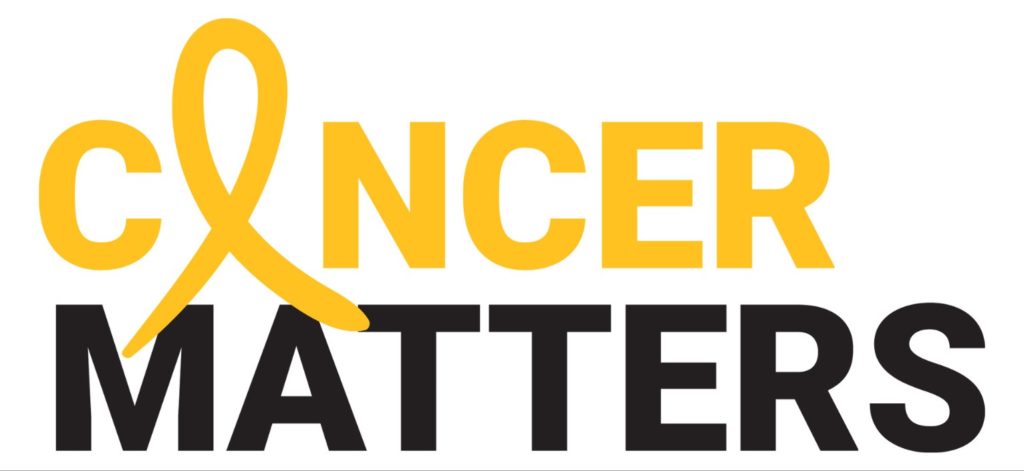
This is the final installment of these series which discusses the rights of patients (1). The previous installments have covered five of the seven patient rights: i) Right of Access; ii) Right of Safety; iii) Right of Respect; iv) Right of Partnership; v) Right of Information.
In this final installment, I elaborate on the two final rights: the right of providing feedback; and the right of privacy.
The right to provide feedback means that the patient has a right to give appropriate feedback or make a complaint; and for these concerns to be addressed fairly and promptly, while the right to privacy refers to the fact that the patient’s personal and health information needs to be kept confidential. This also includes the scope that the patient has a right to consult with health care professionals in a quiet, secure area in addition to having the ability to decline visitors at any time.
While feedback can be either positive or negative, in Malaysia, giving feedback to health care personnel has somehow acquired a negative tinge, no thanks to multiple instances of individuals secretly videoing and ‘viralling’ encounters with health care professionals. This often involves shouting or screaming matches and perhaps depicts the worst possible scenario pertaining to the delivery of feedback. The combative atmosphere in which the feedback is given belies the fact that method of delivery notwithstanding, there is some form of unhappiness from the patient with the health care professional.
For members of the public, this is perhaps an opportune time to ask what is it that you exactly hope to achieve by providing feedback? This really needs to be made crystal clear. Is it about vocalising your displeasure with the healthcare professional or health system in as loud a manner as possible? Or is it about making a genuine change by providing input on what are its inefficiencies and how they can be improved?
If it is the former that you intend to achieve, then loud verbal abuse and illegal ‘videoing and viralling’ may be the way to go (but also remember that then you are violating many other laws which may subject you yourself to legal action).
However, if you are genuinely intending to make a difference, there are many proper channels for feedback – the oft maligned suggestion/complaints box; or even emails, and when all else fails, an official complaint to the management or even authorities overseeing the sector (for health care practitioner related issues, the Ministry of Health or the Malaysian Medical Council are the people feedback could be addressed to).
Many of us want to vent out in the heat of the moment when we are confronted with health issues, but after we cool down we opt to do nothing except to complain on our Facebook page and tag other friends. This does nothing for anyone.
Similarly, for health care professionals, any negative feedback should not be construed as a form of ‘personal attack’ on yourselves or your institutions, but rather to be seen as an opportunity to relook existing practices or procedures and see what can be improved. Too often, external feedback either becomes fodder to fuel a ‘witchhunt’ within an institution to find a scapegoat or is quietly shoveled to the bottom of the garbage pile. A process to formally collate and respond to feedback is in place, though whether it is really effective remains unclear.
Since a process for feedback monitoring is in place for most public and private institutions, you often can reach out to give feedback easily. However, whether or not your feedback is attended to remains a mystery. Most often that not, you get an email to say that your feedback has been received and will be attended to; and then nothing.
On the recipient level, I have observed that in many departments, feedback is collated rigorously, but due to the lack of interest or involvement from top management, it sits on a folder and collects dust. More transparency needs to be integrated into processes pertaining to how we take and deal with feedback within the health sector; and this will act as a catalyst which encourages more patients to provide useful, constructive feedback.
The right to privacy is something that most patients consider to be a privilege in Malaysia, especially in crowded public institutions where sometimes up to three doctors and patients are seated within one consulting room. It is the right most often violated, knowingly or unknowingly, especially when it comes to discussing serious issues and diagnoses such as cancer.
Breaking the news about a patient’s cancer diagnosis in a crowded room full of other patients is a nightmare scenario, but it happens quite frequently. Worse, the patient leaves the room and walks to the pharmacy accompanied by the whispers of all the other patients who were in the room with him or her.
The right to privacy is often also obfuscated in our settings when it comes to involvement of the family. Do I follow the patient’s advice when he or she tells me not to tell their family that they have cancer? The answer is yes. That is the patient’s right.
But in many cases, health care professionals face the other end of the spectrum. Requests from family members to not tell their father or mother they have cancer as they “cannot take it”. What do you do then? It is the patient’s right to know their own condition, after all and this is his or her right.
The final conundrum over the rights to privacy are apt in summing up the issues of patients’ rights. In some cases, the rights of patients are clear and health care professionals and the health system have legally binding obligations to make sure those rights are obeyed. In many instances, however, there is a grey area separating rights and privileges, and while both health care professionals and patients work together to bridge these areas, some shortfalls do occur in terms of the realities between what the patient wants and what the patient needs.
A clearer understanding of what patients’ rights are, both by patients and health care professionals, will go a long way in helping everyone work together at achieving the best possible care for all of us, as every health care professional will also be a patient one day.
References
- Cancer Council Australia. Cancer Care and Your Rights. 2nd ed. Sydney: Cancer Council Australia; 2019.

Cancer Matters is a column on various issues related to cancer in Malaysia. Dr Murallitharan M. is the Medical Director of the National Cancer Society of Malaysia (NCSM). He can be reached via email at [email protected].
- This is the personal opinion of the writer or publication and does not necessarily represent the views of CodeBlue.








